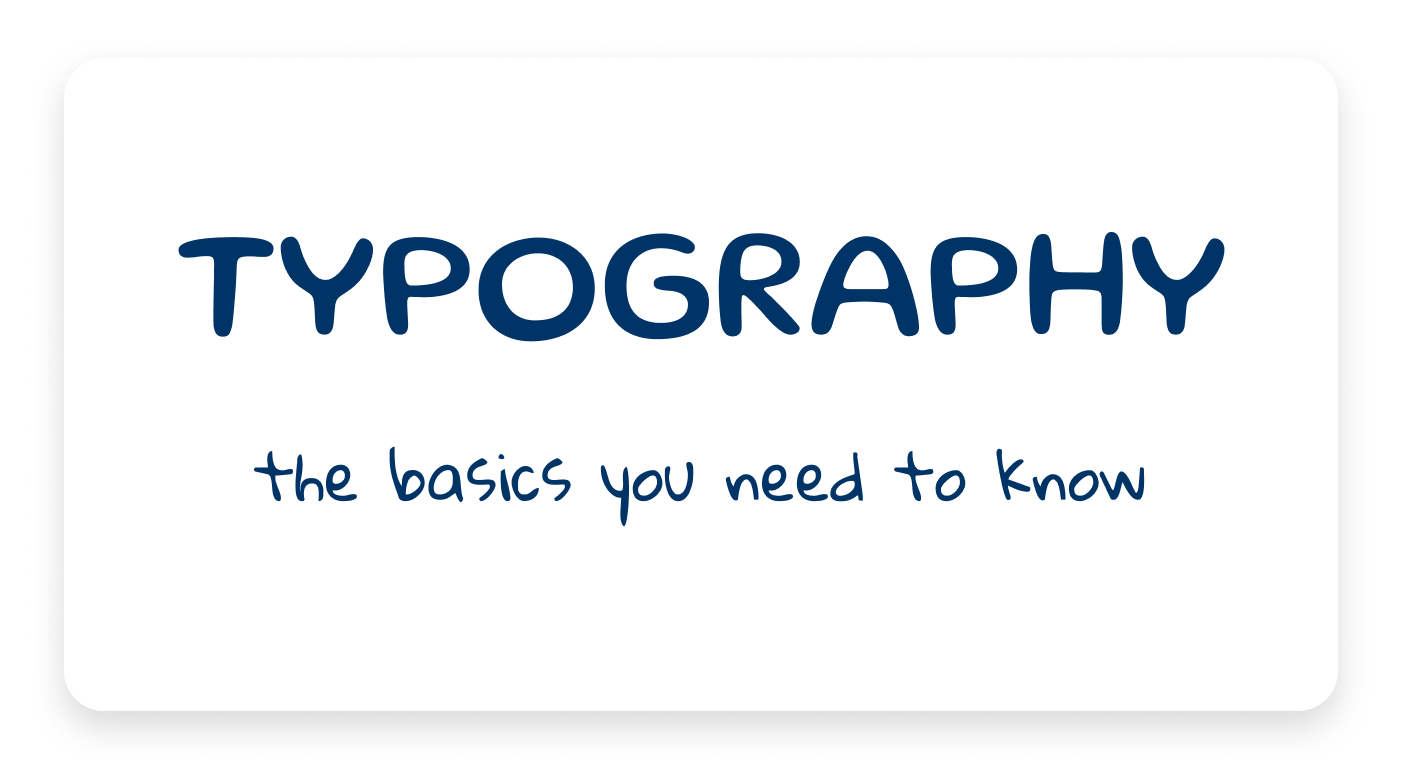Typography, the art of arranging type, is crucial in design, impacting readability, brand perception, and overall visual appeal. Choosing the right fonts, spacing, and kerning can elevate a design, while poor typography can hinder communication and user experience.
Here’s a more detailed look at how fonts can make or break your design:
1. Readability and Legibility:
- Readabilityrefers to how easily text can be understood and processed, while legibility focuses on how easily individual letters can be distinguished.
- Choose simple, clean fonts:Avoid highly decorative or overly complex fonts, especially for long blocks of text.
- Maintain proper size, spacing, and contrast:These elements ensure the text is easy to read and not visually overwhelming.
2. Visual Hierarchy and Structure:
- Create a clear visual hierarchy: Use different font sizes, weights, and styles to guide the reader’s eye and emphasize important information.
- Use contrast to distinguish different elements: For example, a bold serif font for headings with a simple sans-serif for the body text.
- Consider the purpose of each font: Some fonts are better suited for headings or body text, so choose wisely.
3. Brand Identity and Tone:
- Reflect your brand’s personality: The chosen font can communicate your brand’s style, whether it’s modern, traditional, playful, or formal.
- Maintain consistency: Use a limited number of fonts and styles to ensure a cohesive aesthetic.
- Don’t overuse trends: While some trendy fonts can add visual interest, prioritize readability and accessibility over fleeting trends.
4. Accessibility:
- Ensure your typography is accessible to all users:Choose fonts that are easy to read for people with vision impairments or those using different devices.
- Provide sufficient contrast between text and background:This is crucial for readability, especially for users with visual impairments.
5. Font Pairing and Combinations:
- Limit the number of fonts used: Stick to two or three fonts to avoid visual clutter.
- Pair fonts that contrast with each other: This creates visual interest and helps guide the reader’s eye.
- Use font pairing tools: Websites like Typewolf or FontPair can help you discover successful font combinations

